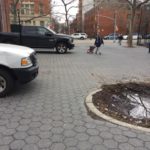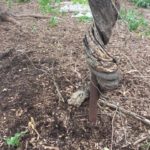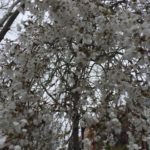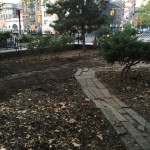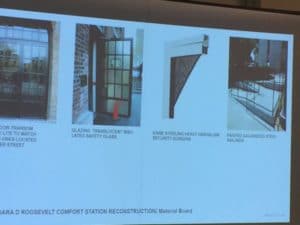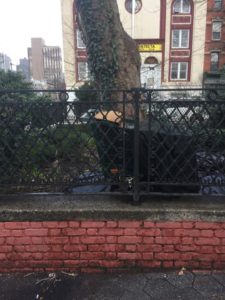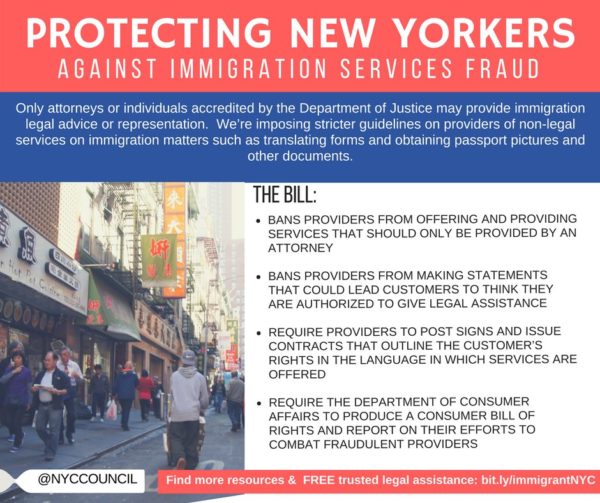Job Openings at the Public Hotel
Job Expo Meeting
@
10 Stanton Street
Come learn about
JOB OPENINGS WITH
PUBLIC HOTEL
115 Chrystie Street
Hospitality
Front of House/Back of House
Bellman
Front Desk Agents
Housekeeping
Administration
Construction & Engineer
Please join us if interested in job opportunities
From
“LES Employment Network”
Tuesday
April 11, 2017
6 P.M.
Large Community Room







